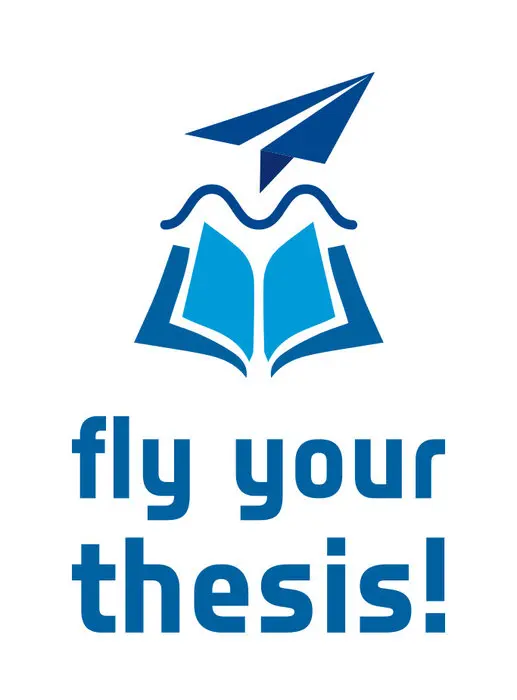Team Brainfly participated in the Fly Your Thesis! 2017 Programme organized by the internationally renowned tertiary unit of the European Space Agency’s (ESA) Education Office, ESA Academy. The team consisted of Evelien Lageweg (Leiden University), Daniëlle Tump (Radboud University), Anouck Schippers (Utrecht University) and Rebecca Mourits (Leiden University), who at the time of the project were master’s students in Neuropsychology, Cognitive Neuroscience and Artificial Intelligence. The team was supervised by Dr. Femke Nijboer from Leiden University (currently University of Twente) and Dr. Jason Farquhar from Radboud University (currently MindAffect). Both are specialists in brain-computer interfaces (BCIs).
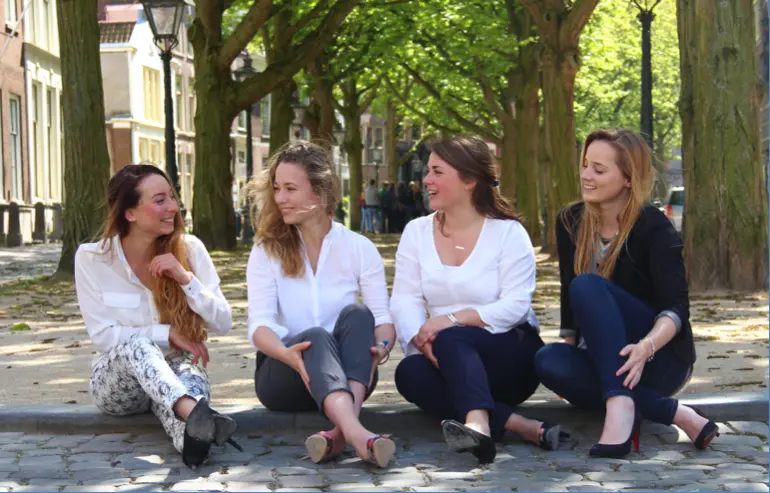
Team Brainfly (from left to right): Rebecca Mourits, Evelien Lageweg, Anouck Schippers and
Daniëlle Tump
Team Brainfly participated in the Fly Your Thesis! 2017 Programme organized by the internationally renowned tertiary unit of the European Space Agency’s (ESA) Education Office, ESA Academy.
The team consisted of Evelien Lageweg (Leiden University), Daniëlle Tump (Radboud University), Anouck Schippers (Utrecht University) and Rebecca Mourits (Leiden University), who at the time of the project were master’s students in Neuropsychology, Cognitive Neuroscience and Artificial Intelligence. The team was supervised by Dr. Femke Nijboer from Leiden University (currently University of Twente) and Dr. Jason Farquhar from Radboud University (currently MindAffect). Both are specialists in brain-computer interfaces (BCIs).
Fly Your Thesis!
The Fly Your Thesis! Programme provides master’s students and PhD candidates from ESA Member States, Canada and Slovenia, the opportunity to design experiments investigating the impact of different gravitational conditions produced by parabolic flights. Every year students are invited to submit their research proposals and ESA Academy’s selection board handpicks the most suitable student teams. The selected teams are awarded the unique chance to work together with ESA and Novespace experts.
Team Objectives
The use of Brain Computer Interfaces (BCIs) for the control of robotic arms is a popular and upcoming field of research. Nonetheless the impact of gravitational field alterations upon neural activity and consequently, BCI efficacy remains an open question. Team BrainFly was awarded the chance by ESA’s Fly your Thesis! initiative to investigate brain cognition and attention in micro- and hypergravity conditions using EEG based BCI paradigms. The team aspired to expand our existing knowledge about continuous BCI in space.
Subjects were asked to perform tasks during a parabolic flight in which they experienced both microgravity (0g) (at the top of the parabolic curve), and hypergravity (1.8g) (during ascent and descent of the parabolic trajectory) for approximately 20 seconds each. Due to the large scope of the project, team members were allowed the opportunity to address their individual research questions that were relevant to understanding human brain and cognition in altered gravity. Their research was focused on the P300 response in micro- and hypergravity, neuronal replay in the vestibular and cortical sensory areas, investigation of the mu rhythm and, brain activity modulation for BCI control under the impact of gravitational changes.
ESA Academy: The participants during the parabolic flights. (ESA Academy “Fly your Thesis”, 2017)
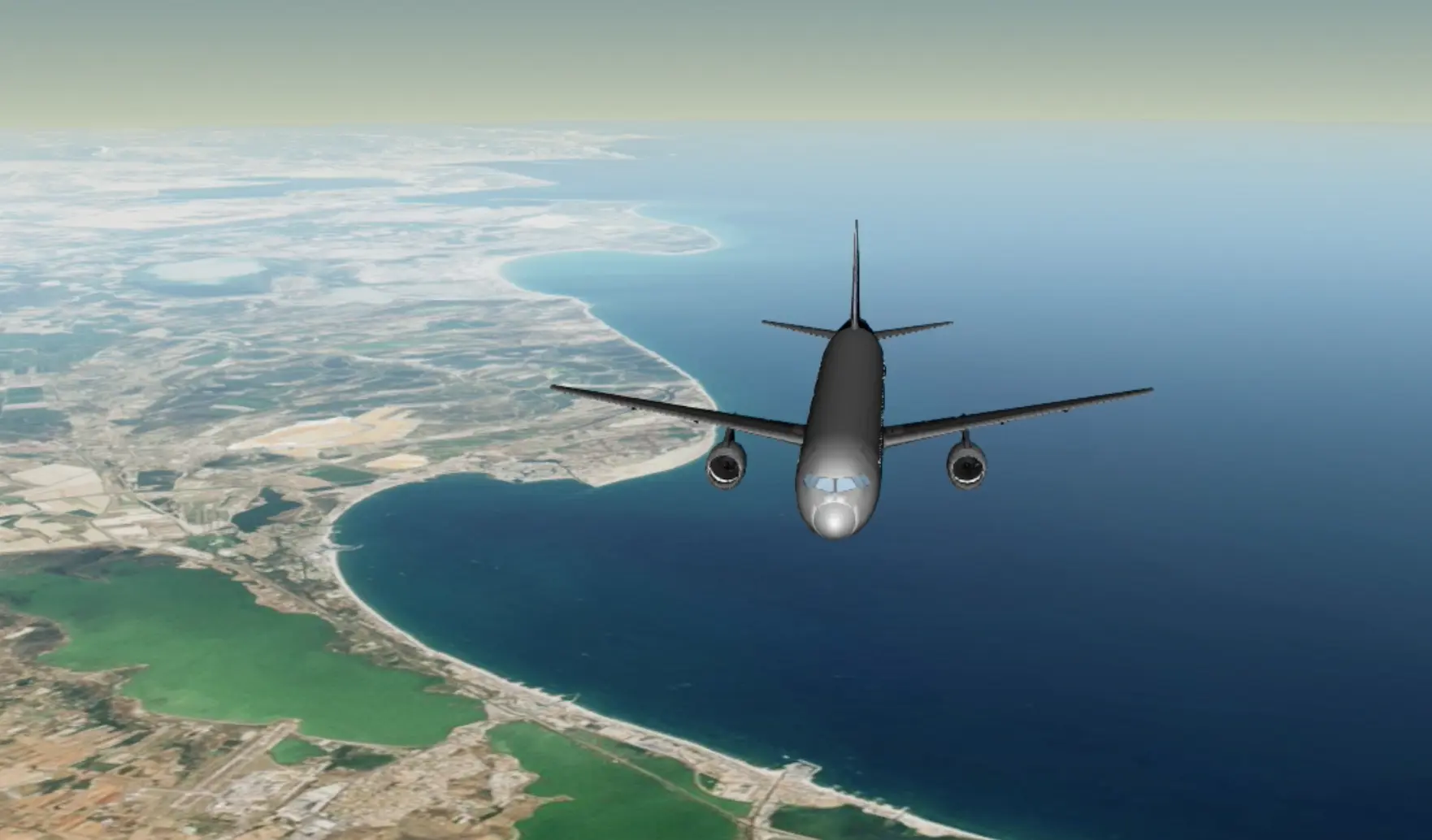
taking eego to a higher ground: Team Brainfly provides first insights into brain cognition and attention in micro- and hypergravity conditions with EEG based BCI paradigms
Due to the large scope of the project, team members were allowed the opportunity to address their individual research questions that were relevant to understanding human brain and cognition in altered gravity. Their research was focused on the P300 response in micro- and hypergravity, neuronal replay in the vestibular and cortical sensory areas, investigation of the mu rhythm and, brain activity modulation for BCI control under the impact of gravitational changes.
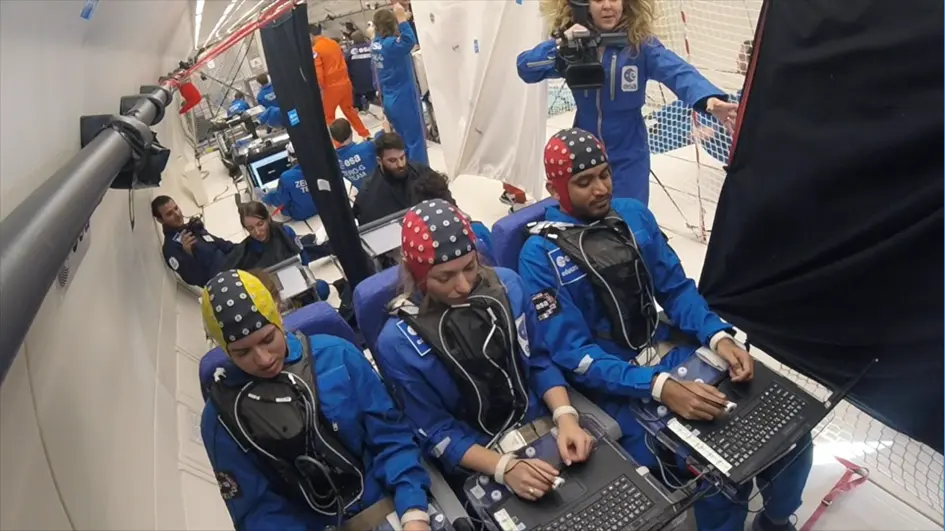
ESA Academy: The participants during the parabolic flights. (ESA Academy “Fly your Thesis”, 2017)
Project Objective
The individual projects of the team members had the penultimate objective of understanding the neural mechanisms of the brain in space to control a BCI. Millàn et al. (2009) aimed to study the feasibility of BCIs in parabolic flights. During their experiments, they explored the possibility to self-regulate the sensorimotor rhythm (SMR) by imagining hand movements. They confirmed that motor imagery commands, resulting in alterations of the SMR, can be accurately classified up to 72%-79% in all gravitational conditions. However, they were the first, and last, to examine this. Further knowledge is needed to understand the neural mechanisms that underlie BCI classification accuracy in microgravity. Therefore, Team BrainFly aspired to further study the impact of gravitational changes on the performance of the BCI classifier. To learn more about the neural mechanisms involved to control a SMR based BCI, Evelien focused on the impact of micro- and hypergravity on the mu rhythm (i.e. a specific rhythm within the SMR) during motor imagery. Another way to control a BCI is by use of the P300 signal. Therefore, Rebecca investigated the effects of micro- and hypergravity on the P300 signal.
A seminal study by Buszaki (1996) first posited the hypothesis that spatial memory encoding occurs through “neuronal replay” (Buszaki, 1996). Specifically, memory trace consolidation occurs through a corticohippocampal replay loop during sleep. This hypothesis was based on rat recordings and has yet to be proven in humans. Danielle’s project, under the supervision of Dr. Martin Dresler of the Donders Institute, aimed to detect evidence for neuronal replay in humans. Based on the assumption that novel stimuli are better remembered during recall (Tulving & Kroll, 1995), she assessed the impact of novel contextual experiences (i.e. the altered gravitational field) upon neuronal activations during sleep that could indicate spatial memory encoding.
EEG recordings in altered gravity conditions
Participants experienced a total of 31 parabolic flight events, out of which 26 were used for further research. During three of these parabolas, the participants performed a visual oddball task to support Rebecca’s objectives. EEG was acquired during restingstate open and close-eye conditions as well as during the oddball task. To investigate the effect of altered gravity on the P300 response, participants had to count the number of times the target color appeared in a series of squares that randomly changed colors. Rebecca’s results will expand our understanding of P300 amplitude and latency in micro- and hypergravity conditions.
To assess the impact of gravitational field alterations upon neural mechanisms, participants performed a BCI controlled game (Shoot the alien) during the remaining parabolic events. Specifically, participants were asked to shoot alien figures which moved in a downward trajectory (i.e. top to bottom) on the screen. At the bottom was a canon which could be manipulated in a single direction, which could be done by imaging either left or right hand or finger movements. To assess Evelien’s research question, the mu rhythm involved in these movements was used to classify the movement of the canon. Her research gave us an overview about the effect of gravitational changes on neural mechanisms, such as the mu rhythm, necessary to control a motor imagery based BCI.
To investigate Daniëlle’s research questions, two separate EEG recordings were performed during sleep. One, two weeks prior to the parabolic flight, served as baseline assessment. A second recording was performed after the parabolic flight. The results reported by Daniëlle provided first insights into the impact of gravitational changes upon memory consolidation. We refer the reader to the ESA Academy website for further information. (see: https://www.esa.int/Education/Fly_Your_ Thesis/Meet_the_teams_BrainFly).
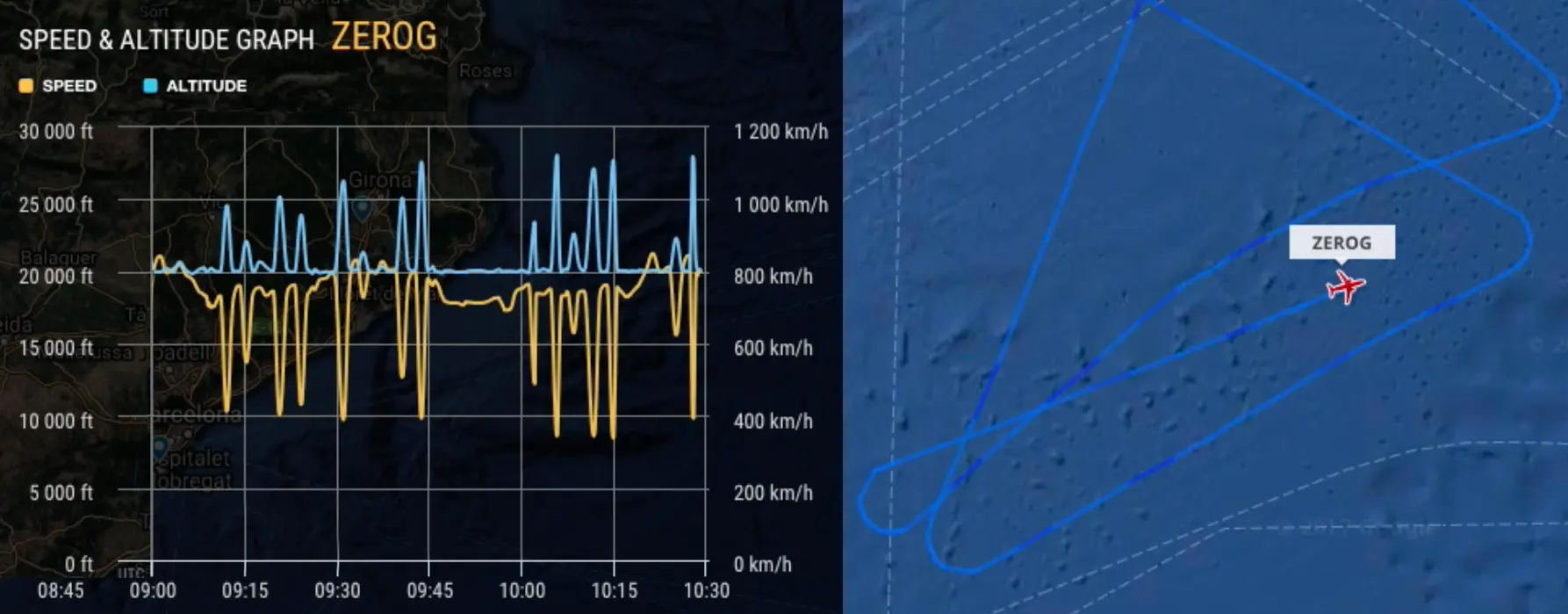
Groundbreaking research
Neuroscience research such as the present project can further our understanding of memory processes in general and neuronal replay alterations under extreme conditions specifically. Furthermore, the feasibility and usefulness of BCI approaches in such extreme conditions was assessed here.
Team Brainfly deployed eego™sports systems with 64 channel waveguard™original caps to acquire high density EEG data. Each amplifier was placed inside eego™sports backpacks that participants wore on the front, they also had a laptop strapped onto their laps during the parabolic flight. Gyrometers were also placed in the backpack and used to time-lock EEG signals to alterations in gravity levels.
ANT Neuro is proud to have been an ally for research projects such as the present endeavor and we hope to continue enabling such innovative research.
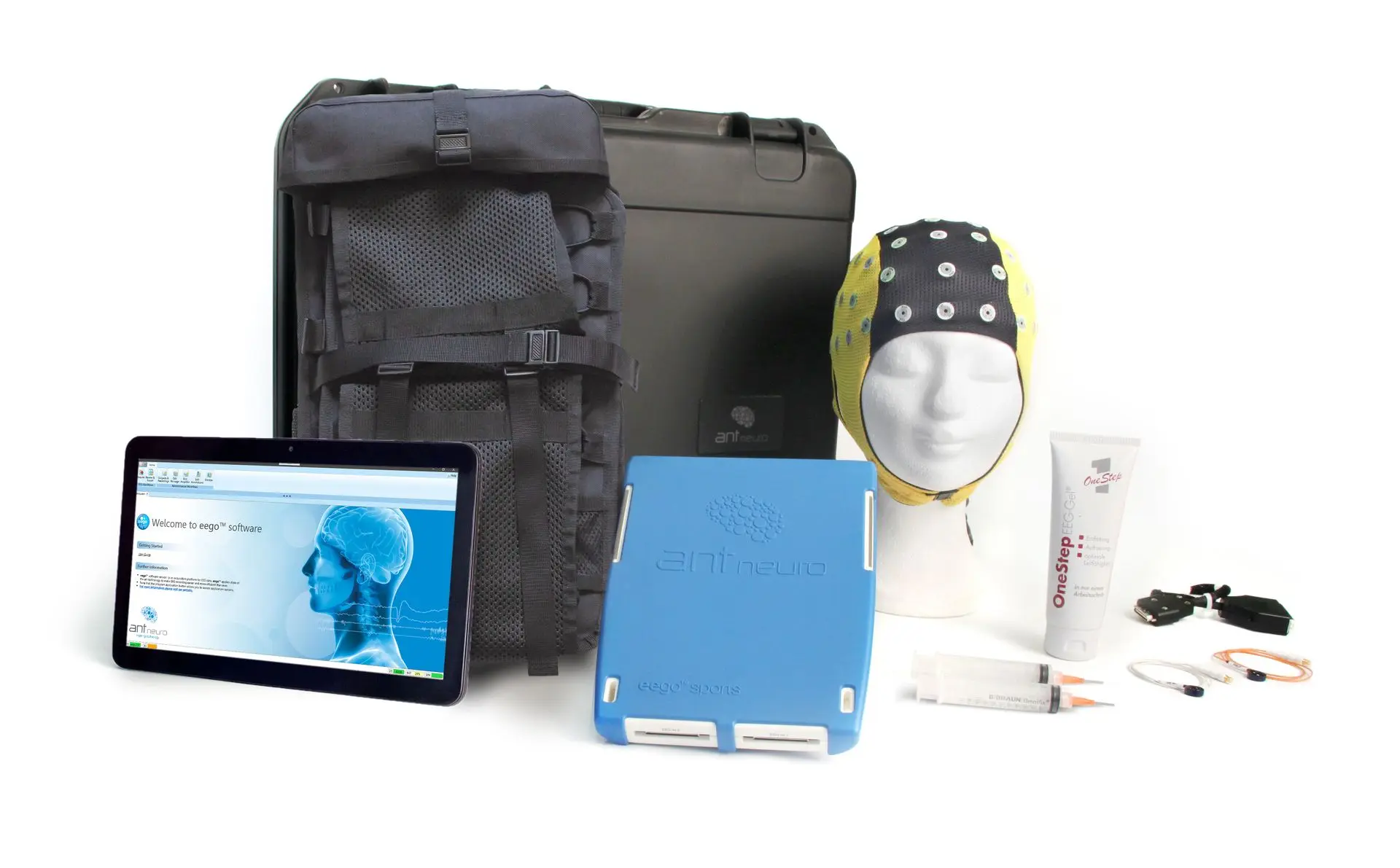
eego sports - ultra-mobile EEG & EMG recording solution
In Collaboration with
External Links
Click to watch a video of Team Brainfly’s experiment during the parabolic flights.
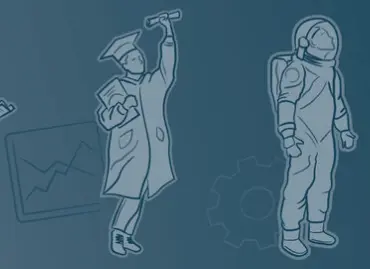
References
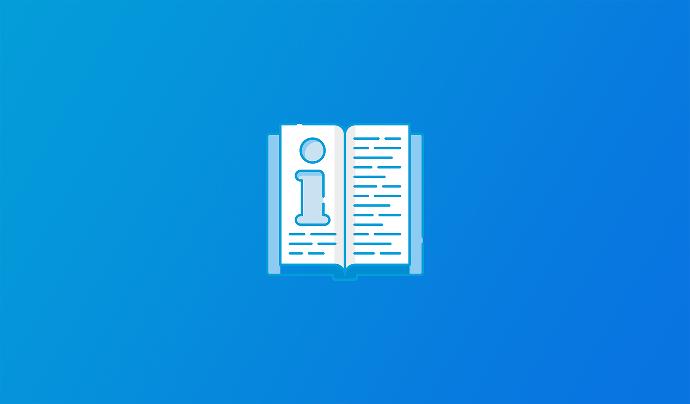
Detection of neuronal replay of parabolic experiences during sleep in humans, A feasibility study
by Tump, D. W. (2018)
Read More
